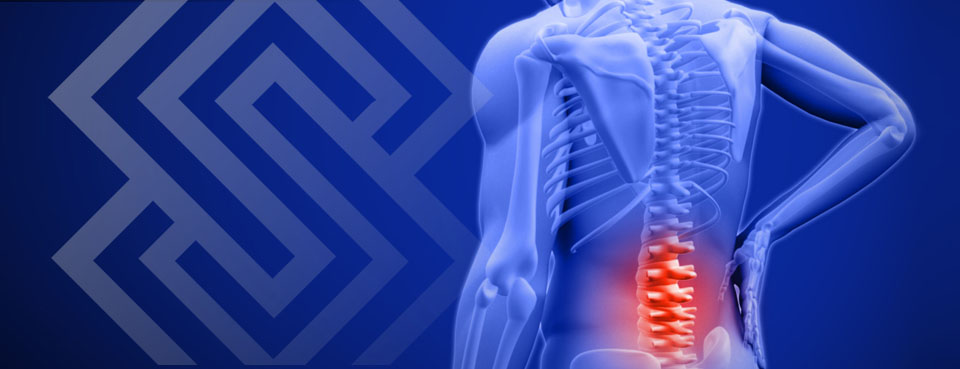Foraminal Stenosis
The spine supports much of the upper body’s weight while protecting the spinal cord and facilitating movement. To accomplish these tasks, a complex system of stacked vertebrae, cartilage, joints, ligaments and muscles work in tandem, with each component depending upon another to function properly. Because the spine absorbs a great deal of the stress and strain of everyday life, it is prone to degeneration over time. When one part of the spine begins to deteriorate, it can quickly affect nearby regions and cause debilitating and/or painful symptoms.The foraminal passageways, through which important nerves branch away from the spinal cord and travel to other areas of the body, are particularly susceptible to damage and decline. “Foraminal stenosis” occurs when these canals become obstructed or narrowed. Usually, foraminal stenosis becomes noticeable when a nerve becomes compressed, which leads to pain, discomfort and other irritating complications. Although foraminal narrowing can become a serious condition, it is generally easily treatable with prompt medical attention and proper care.
Foraminal Stenosis Causes
The age-related decline of the vertebral column is the primary cause of foraminal stenosis. However, many factors can exacerbate or accelerate the narrowing of the foraminal canals, including:• Bone spurs
• Herniated or bulging discs
• Arthritis
• Ligament thickening
• Facet joint swelling
• Sudden injuries, such as those that may result from a fall, high-impact sport or motor vehicle accident
• Excess weight or obesity
• Smoking
• Lack of exercise
• Improper footwear
• Family history or genetic predisposition
• Repetitive, strenuous movements or improper lifting, commonly associated with highly physical jobs requiring manual labor or professions that involve regularly driving long distances
If you believe you may be at risk for developing foraminal stenosis or other spine disorders, schedule a consultation with one of our experienced spine specialists to discuss which preventative measures may work best for you. By making minor lifestyle changes and proactively treating issues as they arise, it is possible to manage, delay or even alleviate spine degeneration.
Foraminal Narrowing Symptoms
The symptoms of foraminal stenosis vary depending on which area of the spinal column experiences problematic narrowing (cervical, thoracic or lumbar), as well as the severity of the problem. However, there are some general symptoms to look out for, including:• Pain and discomfort that are localized or radiate to nearby extremities
• Muscle weakness
• Numbness
• Tingling or “pins-and-needles” sensations
• Sciatica
• The inability to participate in everyday activities without encountering aggravation
• Unexplained symptoms in the neck, shoulders, arms and hands (if the narrowing occurs in the cervical or thoracic spine), lower back, hips, buttocks, legs or feet (if a foraminal canal in the lumbar spine becomes obstructed)
Because the symptoms of foraminal stenosis are also associated with many other disorders and conditions, it is important to seek a comprehensive and accurate diagnosis right away.
Notice:
This advertisement has been provided for informational purposes only and should not be used as a substitute for medical treatment or an actual diagnosis. If you are experiencing pain that may be associated with back or neck disorders you should seek the care of a doctor as soon as possible or immediately if your symptoms are accompanied by incontinence / loss of bladder or bowel control, as these may be signs of life threatening condition.

